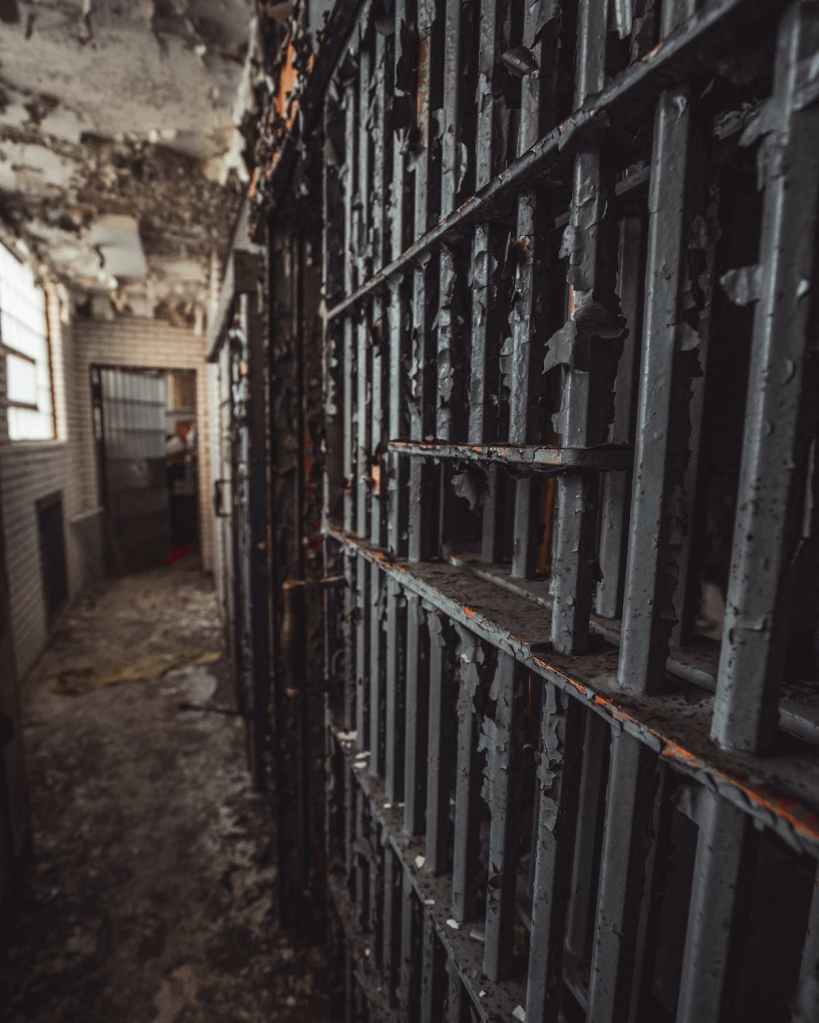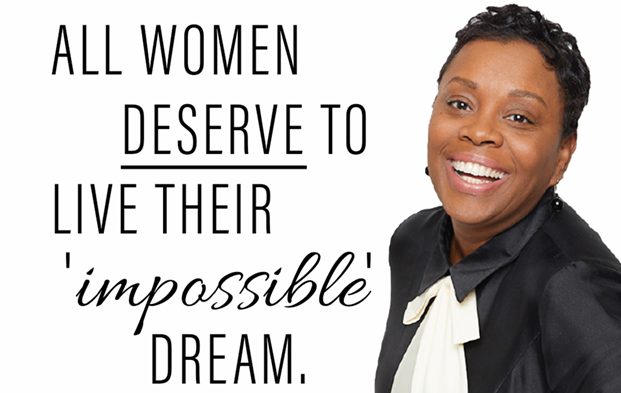
Within the realm of personal development and growth, the notions of imprisonment and liberation carry profound significance. While physical incarceration and mental constraint may seem worlds apart, they share fascinating parallels. Both scenarios entail a sense of confinement, a yearning for breakthrough, and the potential for transformative personal growth. In this article, we delve into the compelling correlations between physical and mental prisons, illuminating the universal human pursuit of self-realization and empowerment.
1. Overcoming Personal Barriers
Physical Prison: Physical prisons are distinguished by tangible walls, iron bars, and strict boundaries that restrict individuals’ physical freedom.
Mental Prison: In the world of mental confinement, imagine Sarah, a professional with immense potential. However, self-doubt and imposter syndrome form invisible walls around her. She hesitates to pursue leadership roles, convinced she’s not capable.
Commonality: In both physical and mental contexts, there exists a form of personal constriction, whether in the material world or within the boundaries of our own psyche.
2. Confronting Perceived Helplessness
Physical Prison: Inmates in physical prisons frequently grapple with a profound sense of helplessness, with the prospect of freedom appearing remote and unattainable.
Mental Prison: Now, consider Mark, who battles anxiety and depression. He often feels trapped within his own mind, believing he can’t achieve his career goals due to his mental health challenges.
Commonality: Whether physical or mental, both forms of imprisonment can foster a sense of hopelessness, hindering the pursuit of personal growth and self-improvement.
3. The Key to Self-Liberation
Physical Prison: Breaking free from a physical prison often necessitates external interventions, such as legal proceedings, parole, or the involvement of others in the process.
Mental Prison: In contrast, escaping a mental prison hinges on an internal shift—an awakening of mindset or perspective. Mark’s breakthrough came when he sought therapy, which helped him reframe his thoughts and develop coping strategies.
Commonality: While the paths to liberation may diverge, both physical and mental prisons require proactive steps or catalytic events to initiate the journey toward personal growth.
4. Transformation and Professional Resilience
Physical Prison: Individuals who have experienced physical incarceration may emerge from their confinement with renewed purpose and resilience, having undergone a profound transformation.
Mental Prison: Mark’s story exemplifies this transformation. As he worked on his mental health, he not only achieved his career goals but also became an advocate for mental wellness in the workplace.
Commonality: In both cases, the path to freedom can be transformative, offering opportunities for personal and professional development.
Conclusion
The parallels between physical and mental imprisonment serve as a poignant reminder of the human capacity to confront constraints and seek personal growth. While the circumstances and methods of liberation may vary, the shared experiences of constriction, perceived helplessness, and ultimate self-realization underscore the universal human pursuit of self-improvement. Whether it’s dismantling tangible walls or overcoming internal barriers, the human spirit thrives on determination and hope, leading to remarkable personal and professional growth.
I encourage you to share your own experiences or thoughts on this topic. Have you faced mental barriers in your career journey? What breakthroughs have you achieved? Let’s foster a community of support and growth by sharing our stories and insights. Together, we can inspire others to break free from their own mental prisons and unlock their full potential.
Love Allie💛
